

Aeration & Overseeding: Why Your Lawn Needs It Now
A healthy lawn starts below the surface. If you want grass that’s thicker, greener, and more resilient, aeration and overseeding is the secret – and fall is the best time to do it. In this guide,...


A healthy lawn starts below the surface. If you want grass that’s thicker, greener, and more resilient, aeration and overseeding is the secret – and fall is the best time to do it. In this guide,...
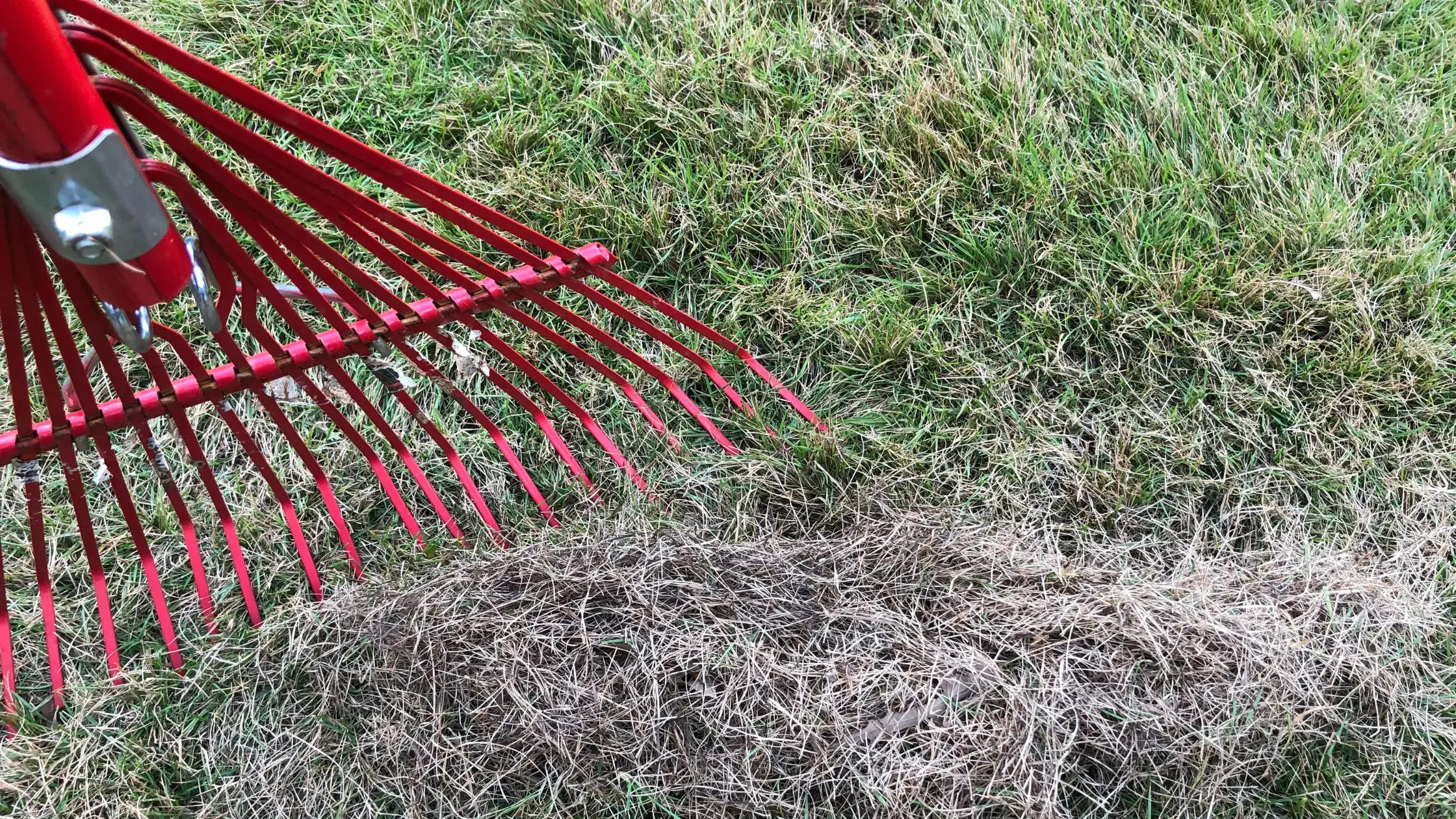

After a long New England winter, your lawn is ready to wake up—but it can always use a little help. A thoughtful spring clean up isn’t too extensive, but it sets the stage for healthier turf all...
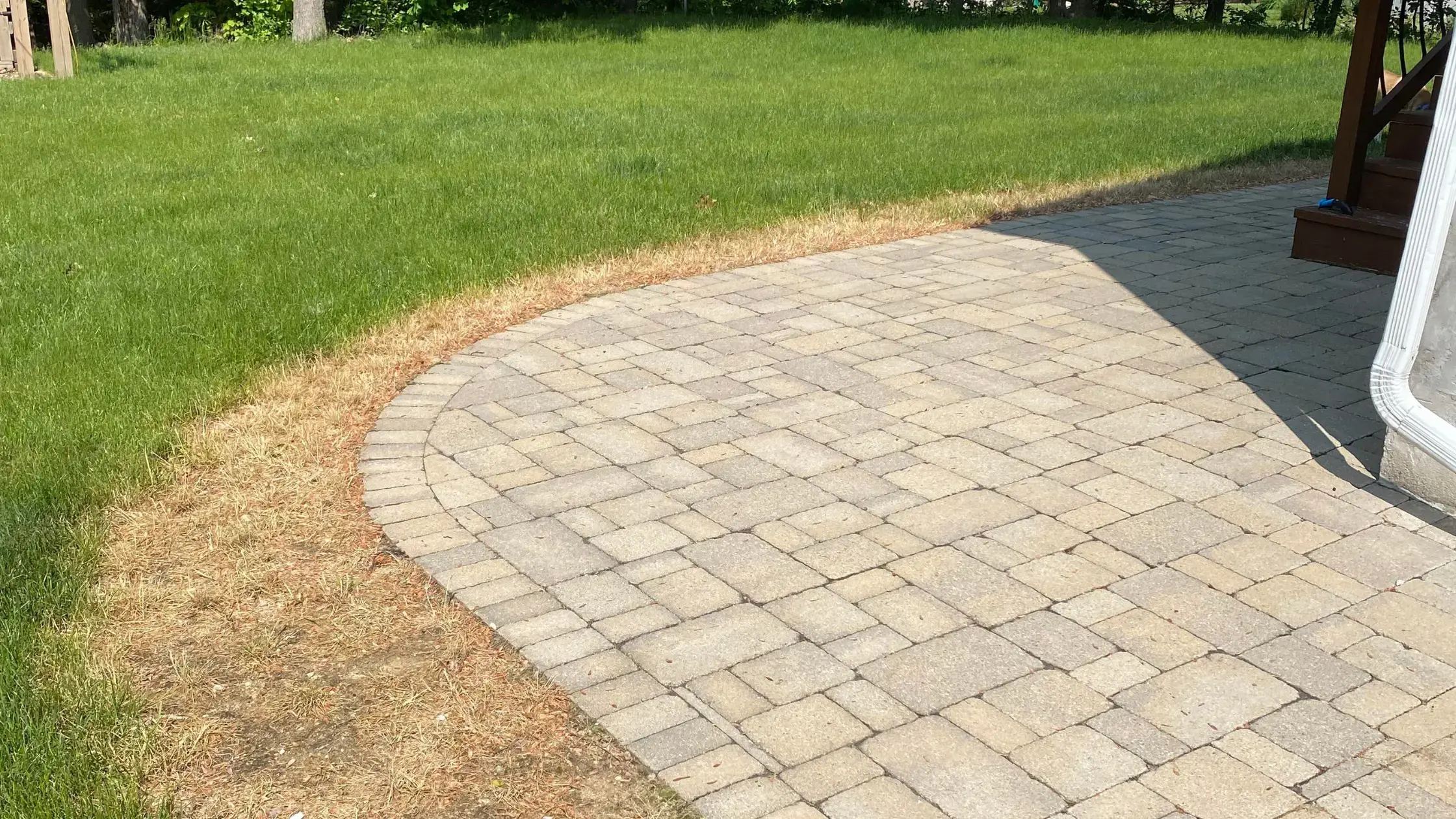

Winter road salt keeps driveways and sidewalks safe, but it can wreak havoc on your lawn. If you’re noticing brown patches along the edges of your yard as the snow melts, lawn salt damage is likely...
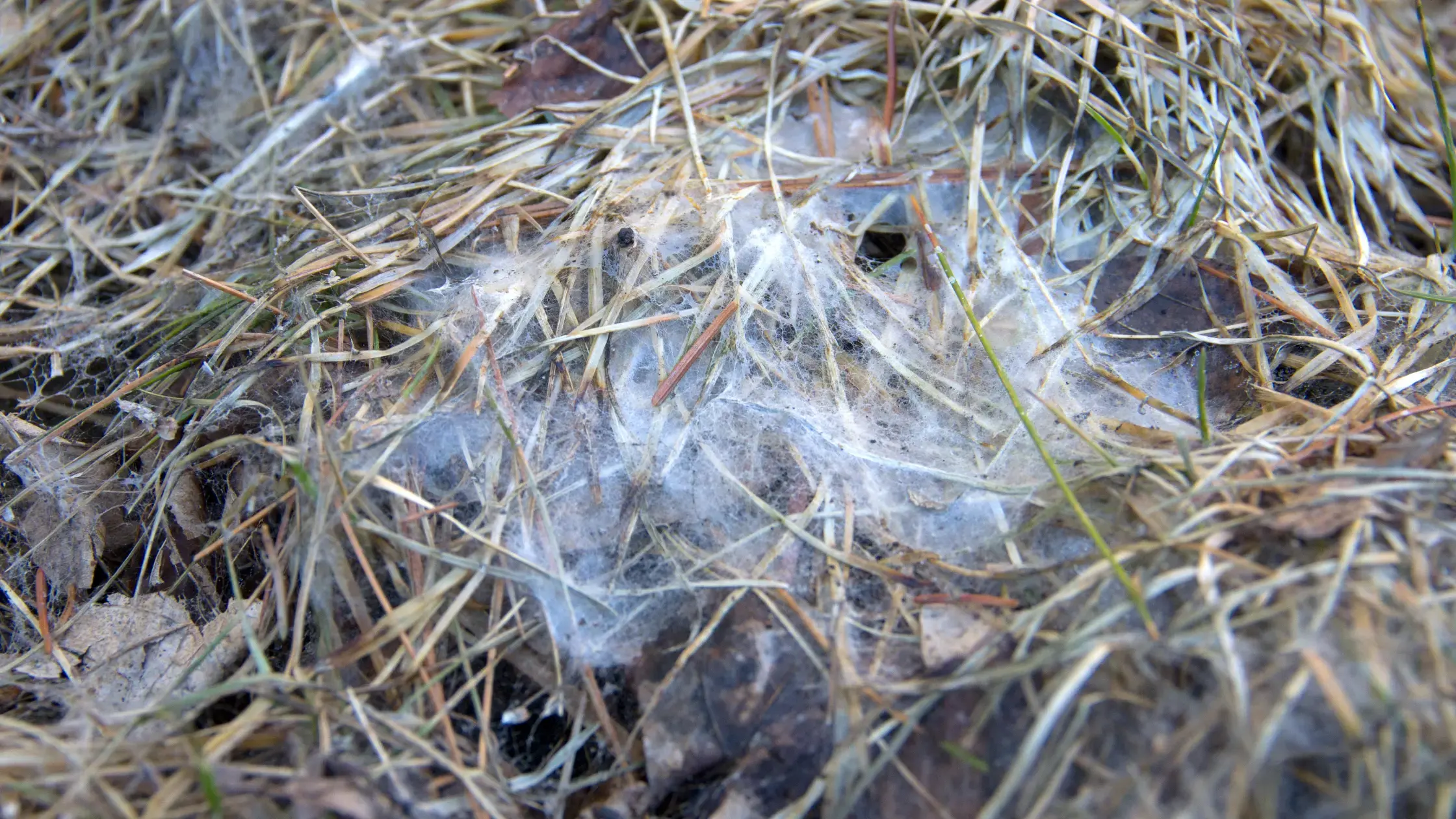

New England winters can be tough on your lawn, and one of the most unwelcome surprises after the snow melts is snow mold. This fungal lawn disease thrives in cold, wet conditions, leaving your grass...
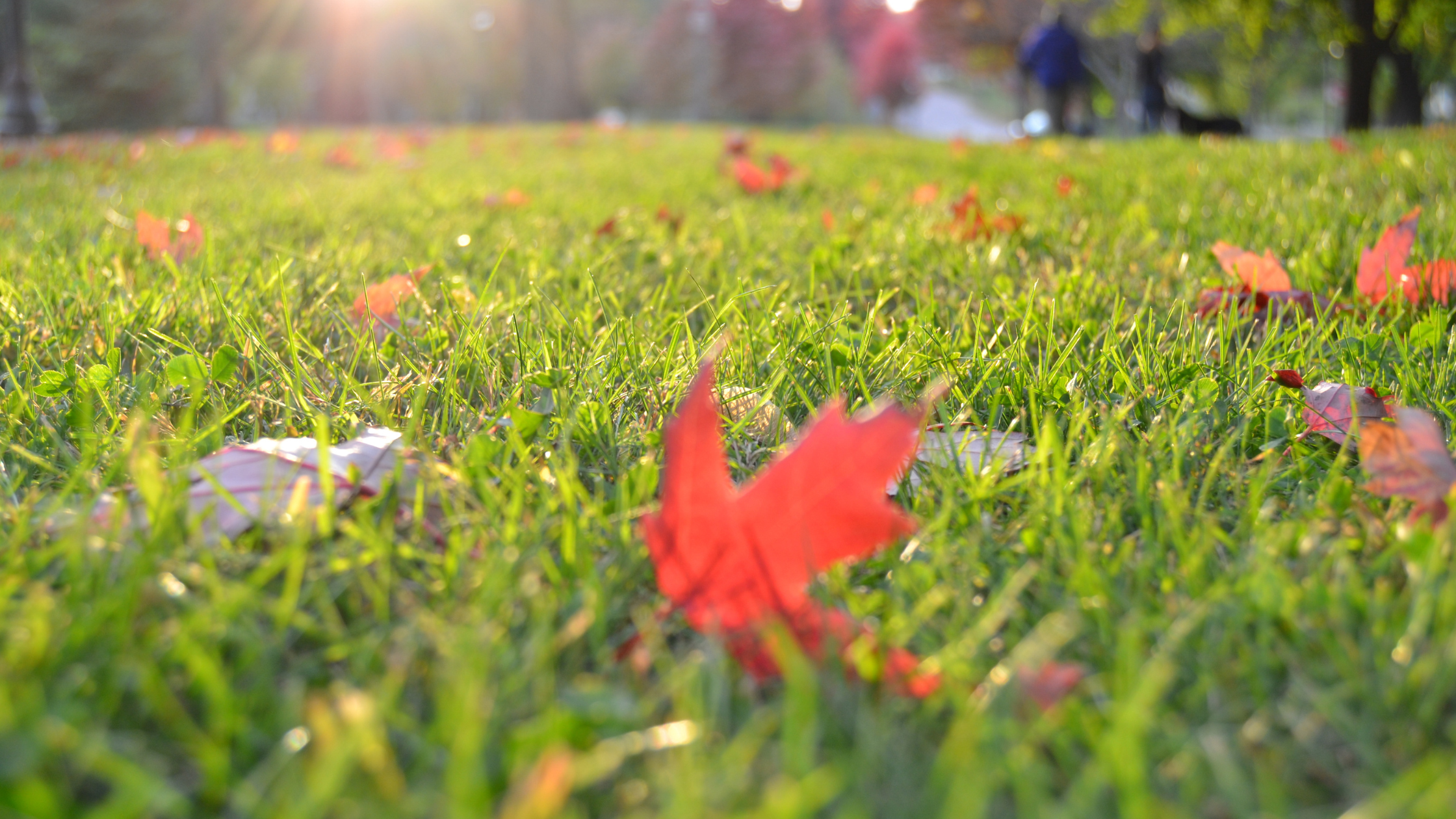

Fall is a critical season for lawn care, offering a unique opportunity to prepare your lawn for the challenges of winter and ensure it emerges healthy and vibrant next spring. At Mainely Grass, we...
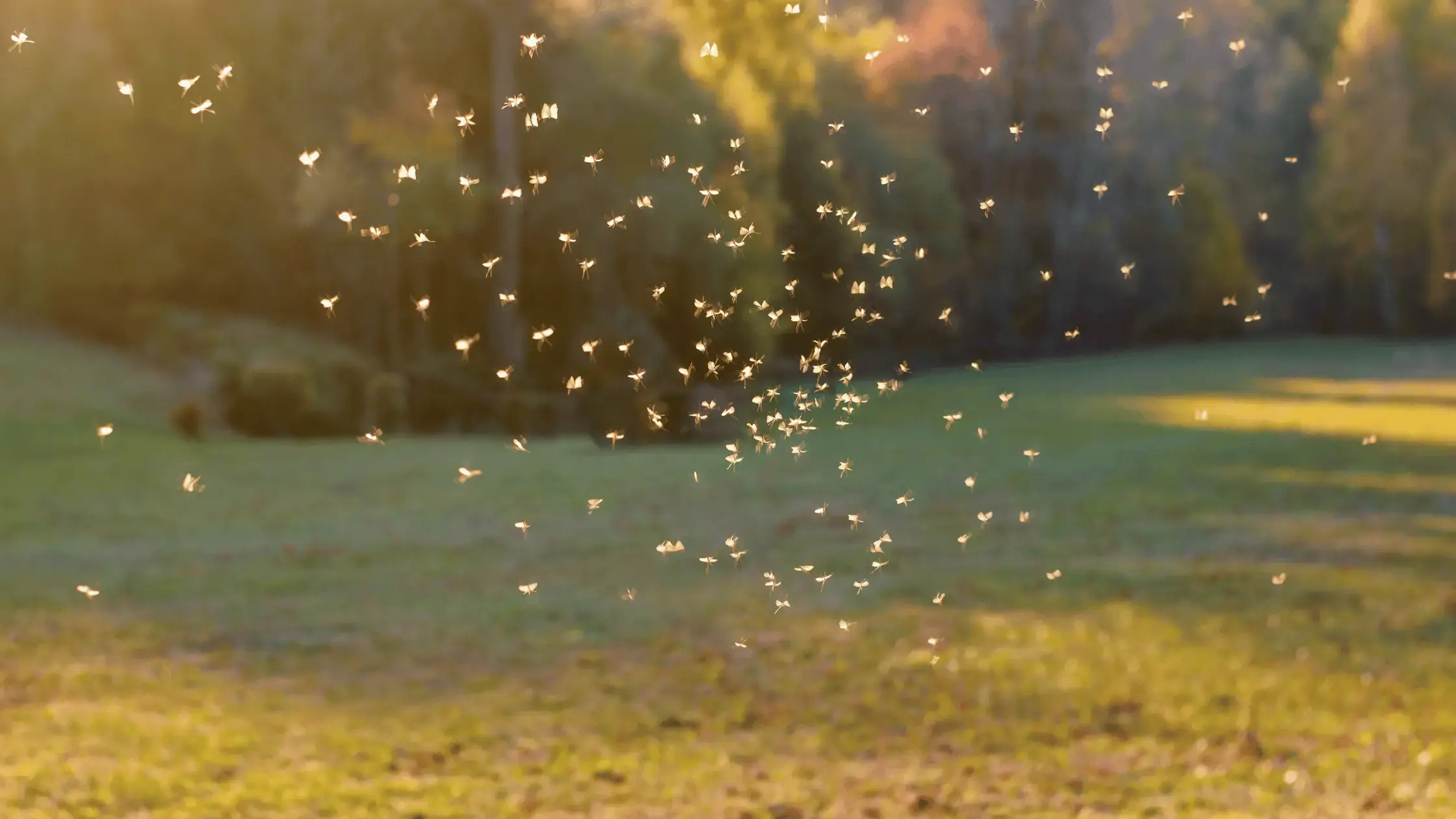

Eastern Equine Encephalitis (EEE) is a rare but severe viral infection transmitted to humans through mosquito bites. Known for its high fatality rate, EEE can lead to devastating neurological damage,...
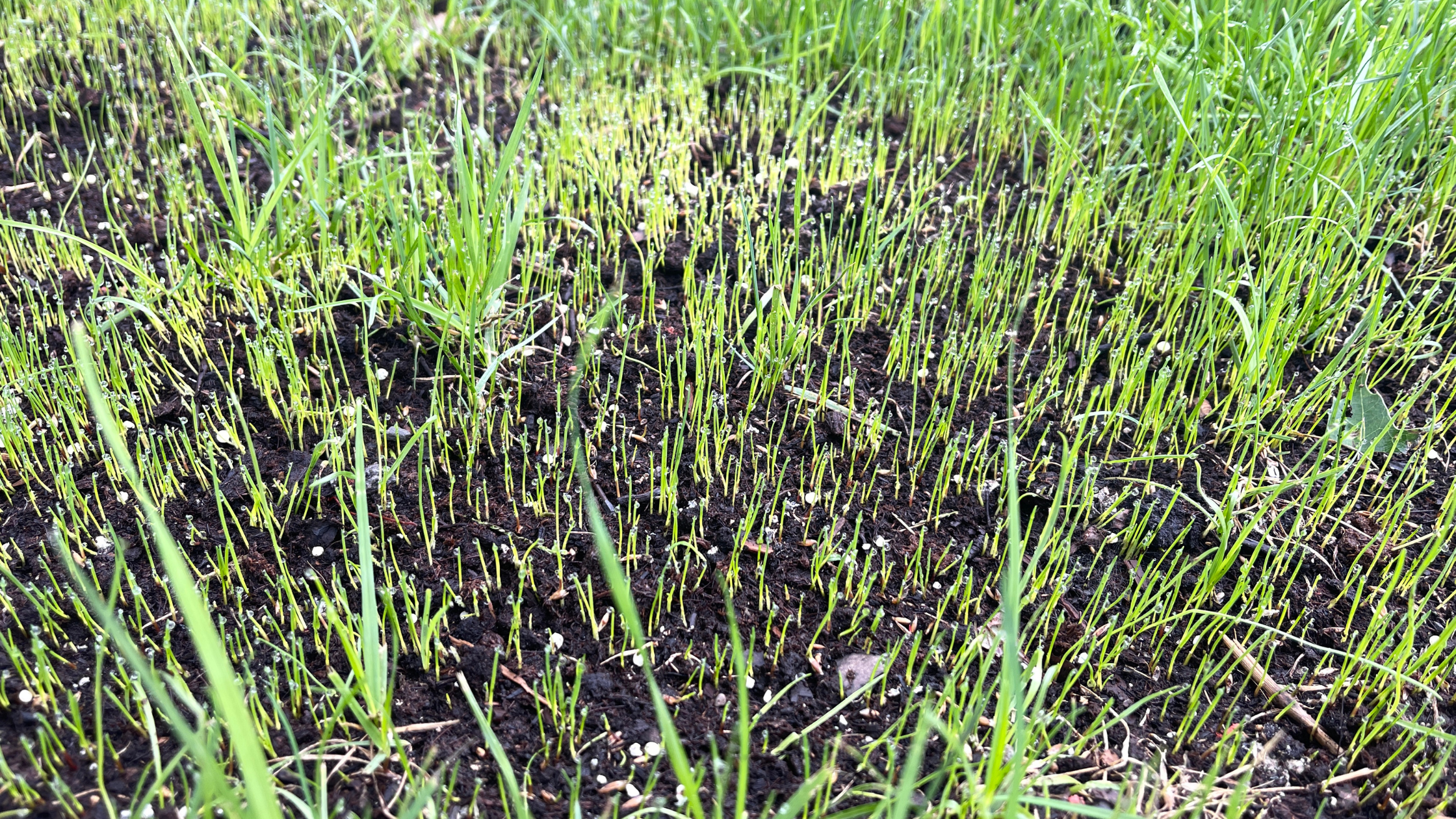

Seeding your lawn is a crucial step in achieving a thicker lawn, but the work doesn't stop once the seeds are in the ground. Proper aftercare is essential to ensure that your grass seeds germinate,...
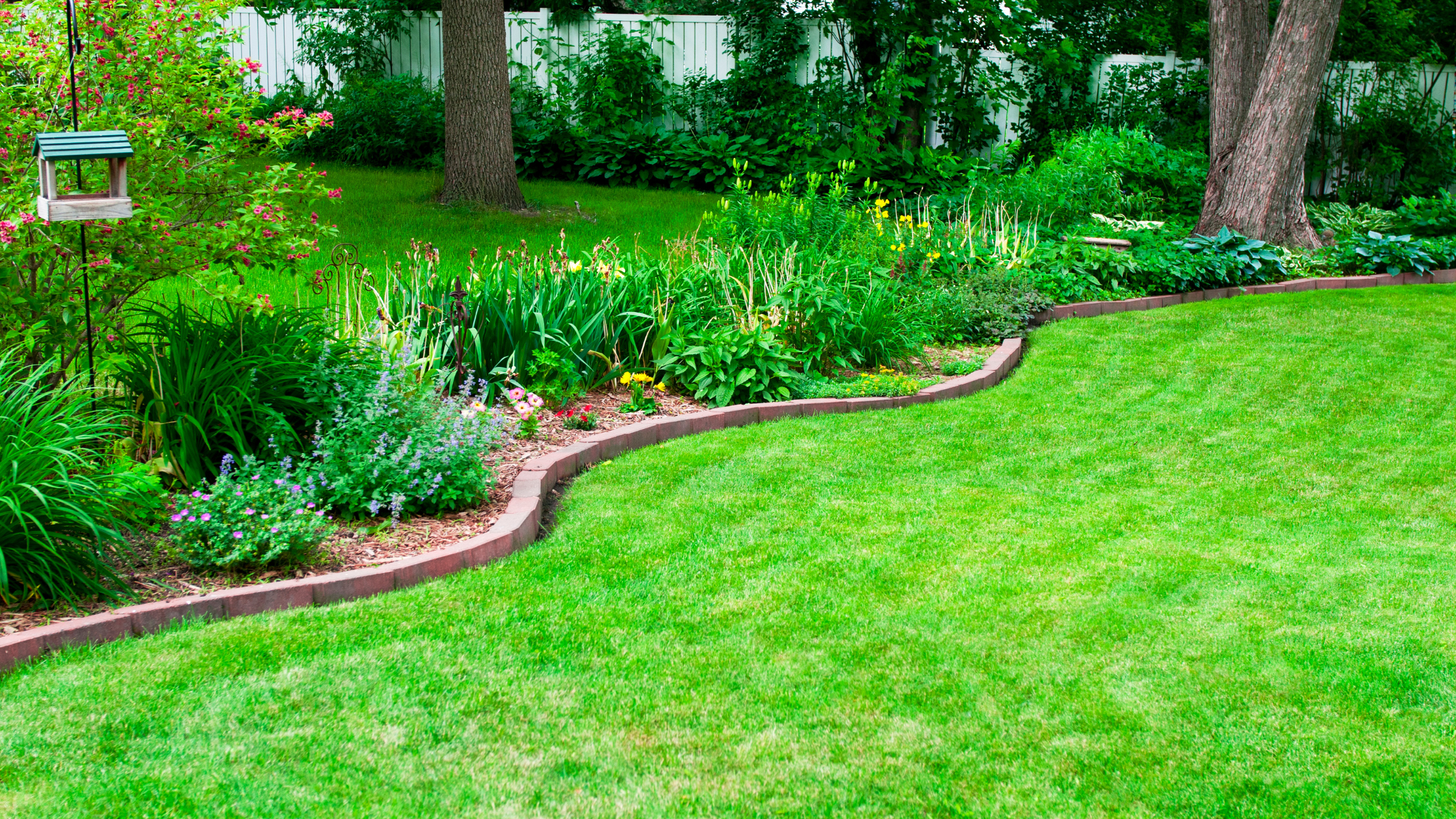

Fall is the ideal time for planting grass seed due to its favorable conditions. Here's the quick and dirty on how to prepare and care for your lawn when seeding in the fall.
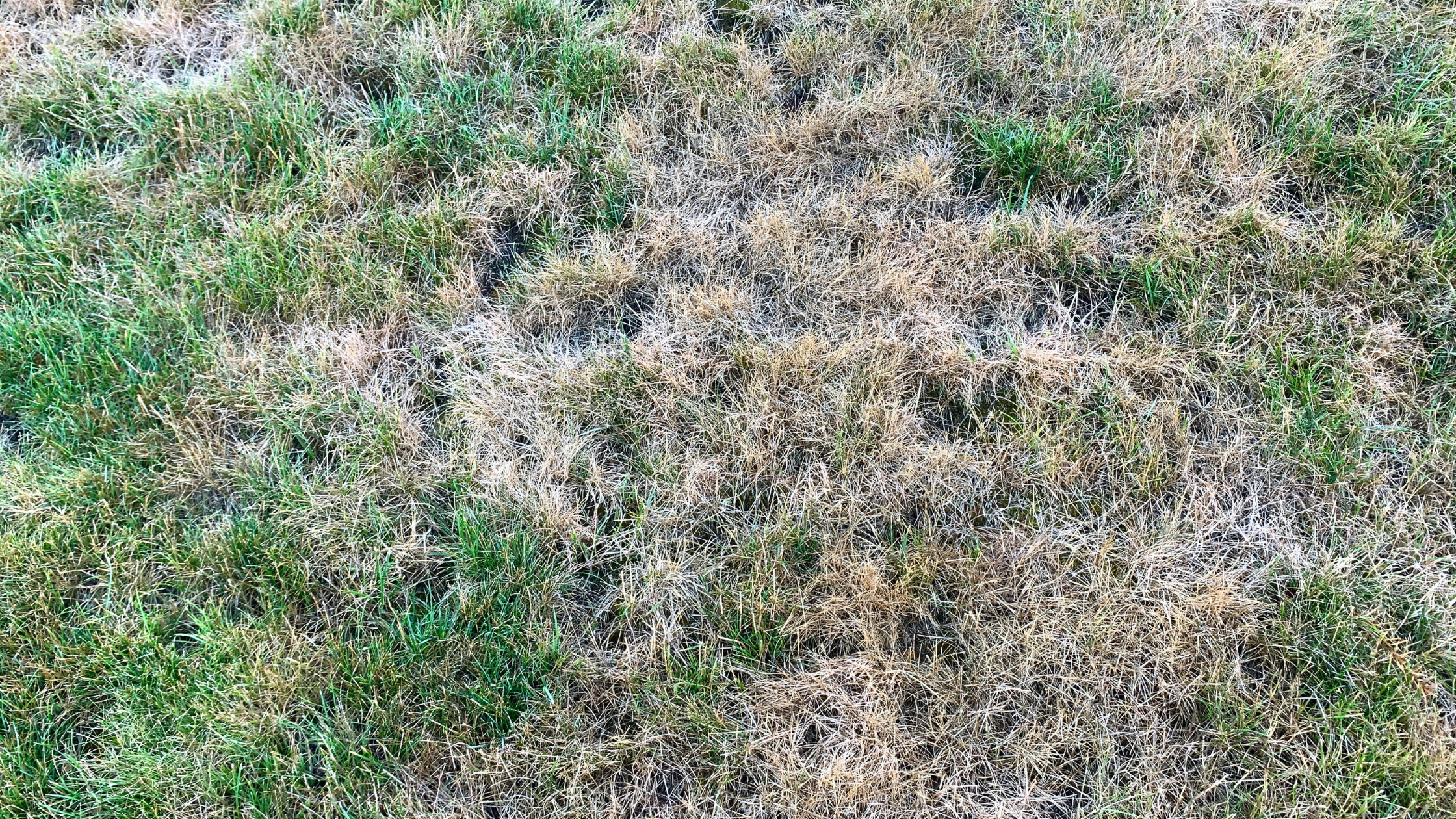

Is your lawn suffering from unsightly brown patches? Dormant grass can be a common issue, especially during extreme weather conditions. The good news is that with the right care, you can revive...
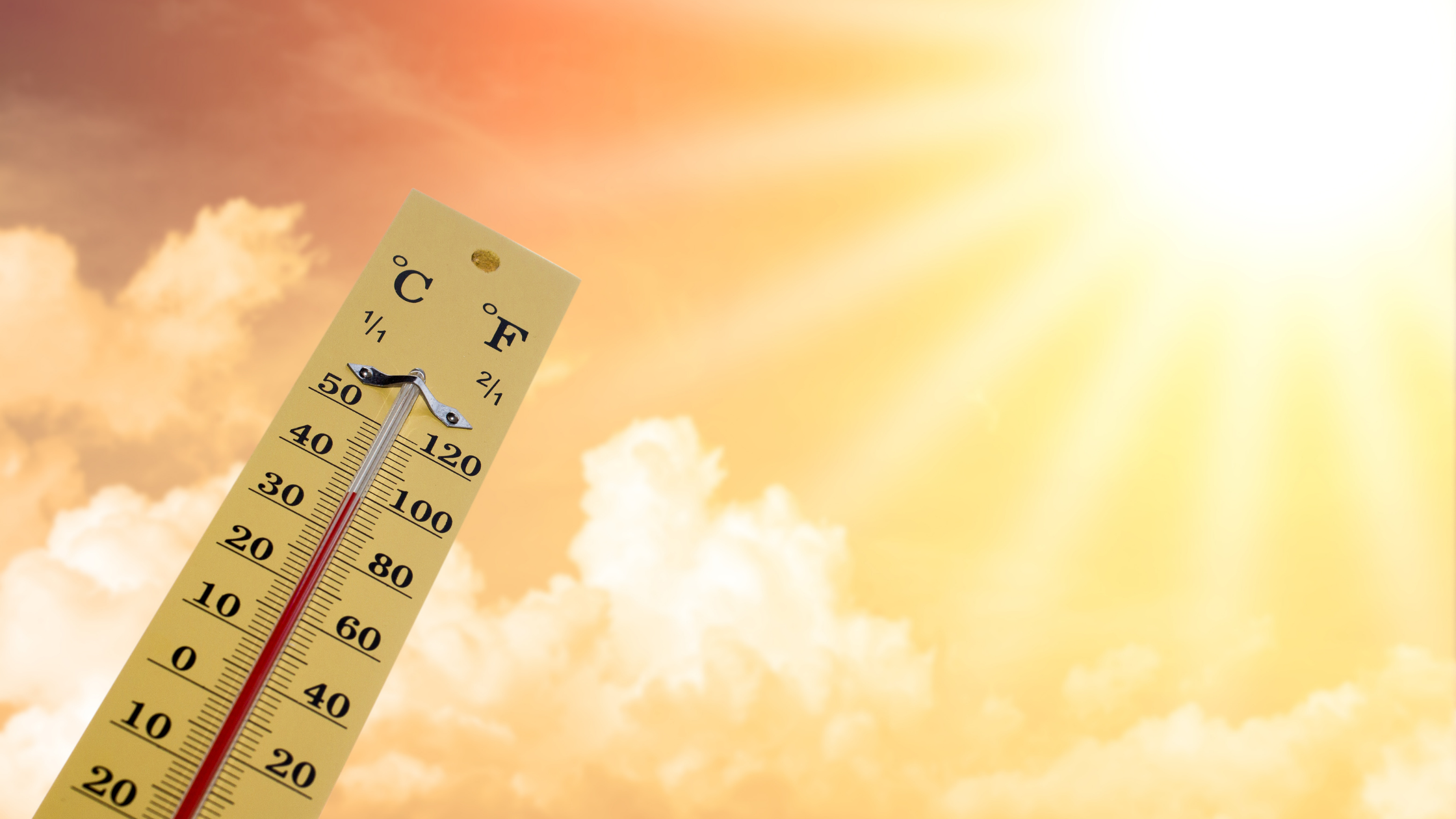

As summer heats up, your lawn may face the challenge of enduring scorching temperatures and intense sunlight. A heat wave can be particularly harsh, putting stress on your grass and potentially...
Loading
End of content
No more pages to load